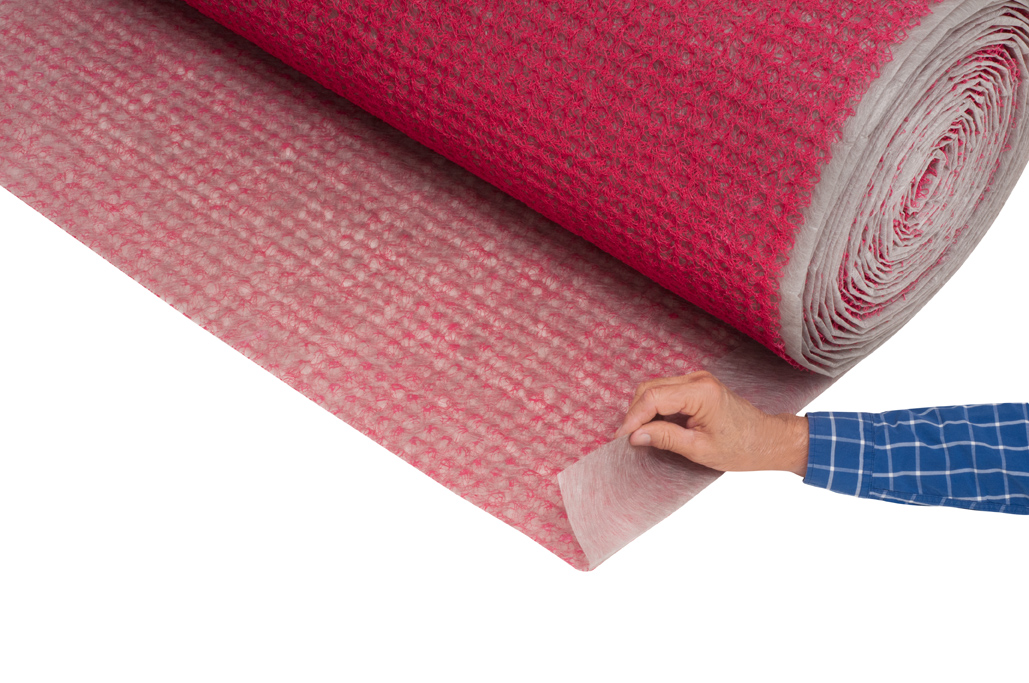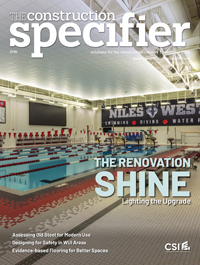Structural silicone glazing
The deglaze test is arguably the only way to evaluate installed SSG characteristics reliably, particularly when ‘blind’ or ‘smash’ seal installations are used (e.g. at spandrels) and, along with field load testing, are the only reliable means to validate the installation and correlate specific procedures and workmanship with acceptable performance and successful outcomes.
In a deglaze test, the IGU is fully removed from the façade, revealing the SSG joints behind. This test allows for review of joint cure, dimension, and character. The first deglaze test of a project is the litmus test for the effectiveness of the field installation procedure. Ideally, the contractor should perform a deglaze test on a pre-construction mockup sufficiently in advance of production to reglaze the IGU, allow full cure, and perform a second deglaze test to verify changes to the procedure are effective.
As ASTM C1401 states: “A systematic and quantifiable program, such as this, is only as good as the accuracy of the record keeping.” With robust data collection and recordkeeping, the project team can quickly pinpoint and resolve quality issues. Without this information, more physical testing (usually deglazes) may be necessary to identify the extent of the problem, workers or crews involved, potential procedural steps that were violated, etc. at significant time and expense to the contractor or owner.
ASTM C1401 recommends consideration of a post-installation inspection and maintenance program given the safety concerns related to poor quality field glazing. The designer may elect to specify a periodic monitoring program or post-installation quality assurance and quality control program for regular inspection and testing of the SSG. Refer to ASTM C1401 for further discussion of the scope and frequency of these programs.
4. Conclusion
Field glazing SSG is difficult, and the risks of failure are high to the owner and the public. Design professionals should communicate these risks to their clients and to contractors to establish reasonable expectations. Knowing the risks, project teams can mitigate them through appropriate planning and execution.
Design professionals have opportunities to influence both design and workmanship related characteristics that impact SSG performance through appropriate calculations and specifications, respectively. Logical façade system planning and joint sizing can set up the contractor and field installers for success. Specification for field reglazing should include a robust quality control and quality assurance program that verifies performance and provides important information for the contractor to maintain quality over the course of the project.

 Christopher Brandmeier, PE, is a consulting engineer with Simpson Gumpertz & Heger in Washington, D.C. with their building technology group. He has expertise in curtain walls, custom glazing systems, glass investigations, and glass re-glazing; as well as broad experience in new and rehabilitation design with various roofing and below-grade waterproofing systems. Brandmeier can be reached at cjbrandmeier@sgh.com.
Christopher Brandmeier, PE, is a consulting engineer with Simpson Gumpertz & Heger in Washington, D.C. with their building technology group. He has expertise in curtain walls, custom glazing systems, glass investigations, and glass re-glazing; as well as broad experience in new and rehabilitation design with various roofing and below-grade waterproofing systems. Brandmeier can be reached at cjbrandmeier@sgh.com. Bradford Carpenter, PE, is a senior principal at Simpson Gumpertz & Heger’s building technology group in Washington, D.C. office. He specializes in the design and integration of complex building enclosure systems including waterproofing, air and water barriers, rainscreen cladding, and fenestration systems, with a focus on design efficiency, constructability, and performance. Carpenter can be reached at bscarpenter@sgh.com.
Bradford Carpenter, PE, is a senior principal at Simpson Gumpertz & Heger’s building technology group in Washington, D.C. office. He specializes in the design and integration of complex building enclosure systems including waterproofing, air and water barriers, rainscreen cladding, and fenestration systems, with a focus on design efficiency, constructability, and performance. Carpenter can be reached at bscarpenter@sgh.com. Sierra Scott is an associate project consultant with Simpson Gumpertz & Heger’s building technology group in Washington, D.C. She has contributed to a variety of building enclosure projects in the Virginia and Washington, D.C. area. Her work focuses on glass re-glazing, investigations, and restoration of historic structures, roofing replacements, and new building enclosure commissioning. Scott can be reached at slscott@sgh.com.
Sierra Scott is an associate project consultant with Simpson Gumpertz & Heger’s building technology group in Washington, D.C. She has contributed to a variety of building enclosure projects in the Virginia and Washington, D.C. area. Her work focuses on glass re-glazing, investigations, and restoration of historic structures, roofing replacements, and new building enclosure commissioning. Scott can be reached at slscott@sgh.com.

